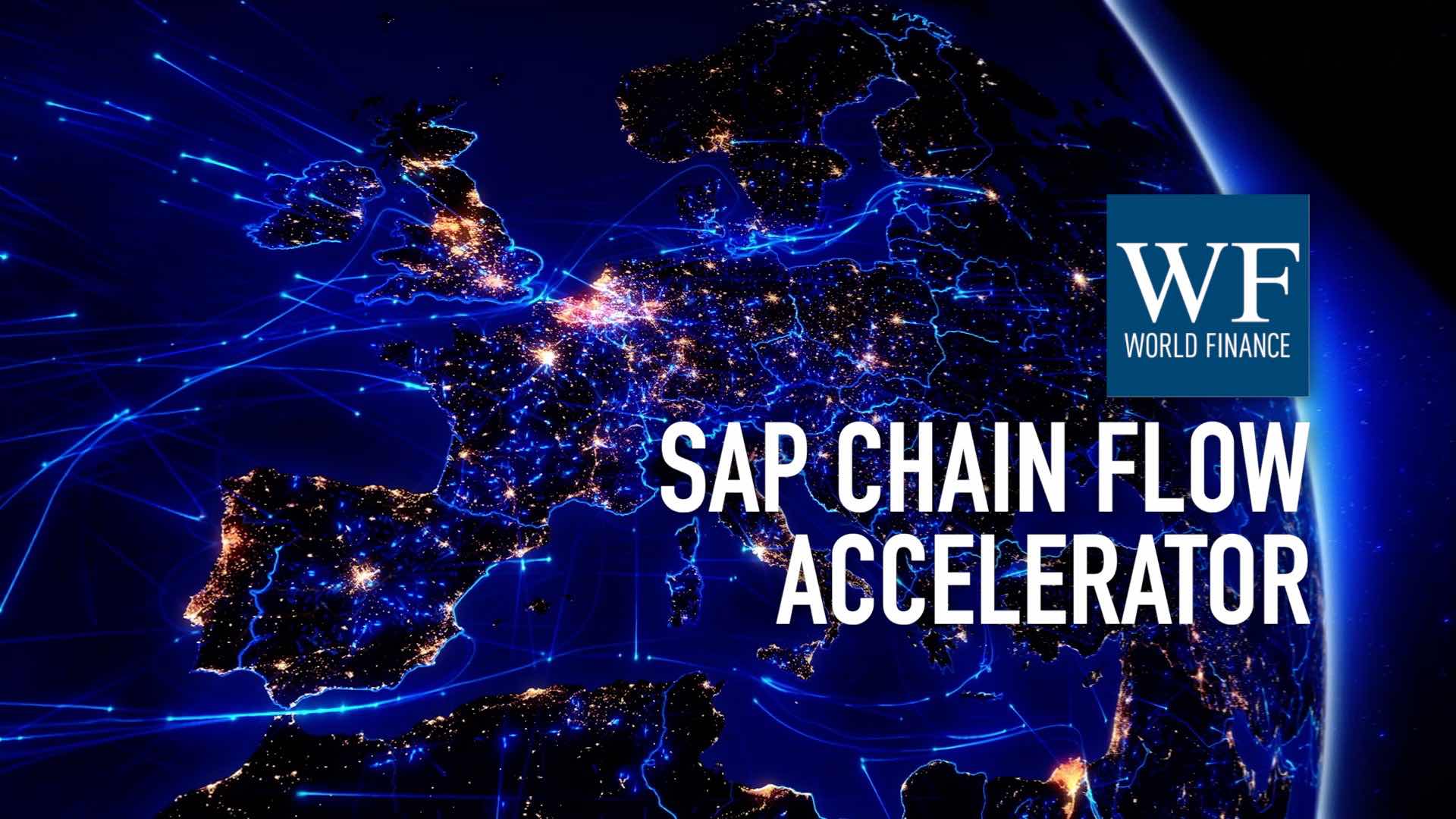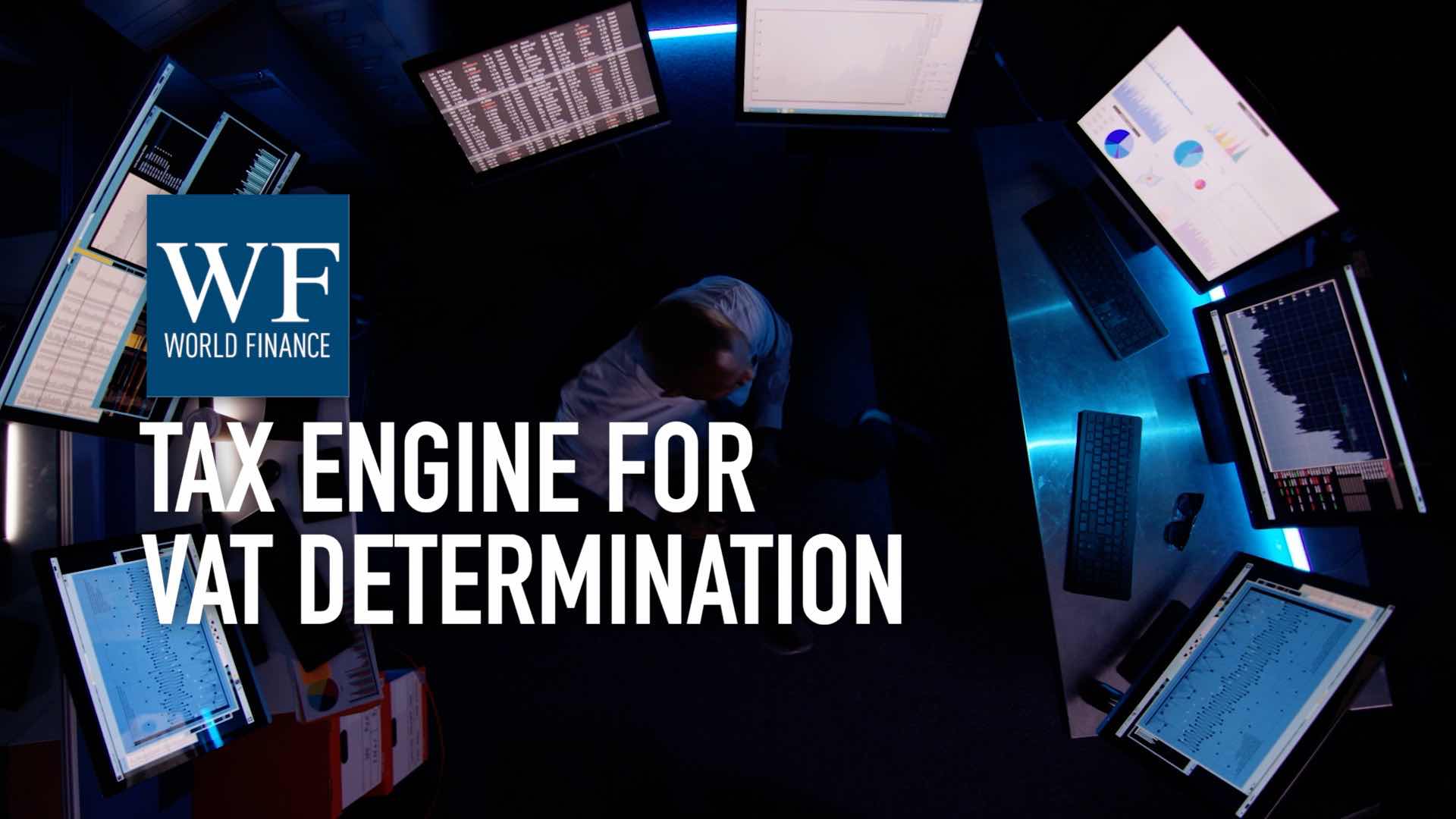How blockchain can be used in tax compliance | Vertex Exchange Europe 2019
David Deputy outlines three areas where the transaction technology is of great interest to tax professionals
Related:
Transcript
Tax technology specialists Vertex brought together tax professionals, solution experts, and its customers in Munich for its Vertex Exchange Europe event. World Finance interviewed half a dozen delegates for an update on Europe’s latest tax compliant challenges and technological advancements: you can watch them all in our Tax Automation with Vertex playlist on Youtube.
David Deputy: So blockchain can be used in I think three areas that stick out for me.
One is you’re seeing financial instruments, physical interest-earning assets, and cash flowing assets: they’re being put onto the blockchain as a system of record. So when these assets are transferred, there’s obviously tax involved.
The second is use of blockchain for the automation of approaches. So we’re seeing blockchain being a great way to store identities, to understand who the taxpayer is, for moving information – it’s a great data management system.
But concurrent with the movement of information, there’s the potential to move the actual tax payment at a very granular level. So you can get immediate compliance with no audits, no returns, certified compliance through use of the blockchain, which is one area we’re exploring.
Real-world examples of tax authorities using blockchain: there’s many in the income tax space, where they’re trying to understand who’s not paying on gains and losses in crypto. But to bring it into the transaction tax space, we’ve seen China take a leadership position. Shenzhen province did an e-invoicing experiment on blockchain, along with Tencent, who we had conversations with. It seems to have been successful. Questionable whether it will roll out more broadly, so these are still experiments.
You’ve also seen here in Europe, DG Tax, they asked for blockchain to be explored to reduce the VAT fraud – there’s $150bn roughly of VAT fraud in the European Union – so they’re actually funding grants with technology companies to explore how blockchain could be applied in the European context.
What we’ll see in the future for blockchain – at least our hope – is that blockchain can be the basis for automated compliance. So immediate certification – as soon as the transaction occurs – that you’re in compliance with the government regulations that are applicable. So we feel there’s a great opportunity for us to collaborate, not only with the taxpayers but also with the governments, to become a trusted authority that provides the ability to file your information as necessary.
Or better yet, prove to the government that you’ve used the right information to get to the right result, without sharing it with them. But also to pay your taxes due immediately.
That removes the opportunity for fraud in the minds of the government. And in return, to get a certificate of immediate compliance on a transaction-by-transaction basis. Removing returns, removing audits – absent finding of fraud, there would be no hassle. It would just be a seamless system where money is flowing to the government, and there’s no hassles for the business.
Thanks for watching. Click now for more videos from Vertex Exchange Europe 2019, and please subscribe for the latest international business insights from worldfinance.com

 Vertex tax technology: Introducing SAP chain flow accelerator
Vertex tax technology: Introducing SAP chain flow accelerator Vertex tax technology: Why add a tax engine for VAT determination
Vertex tax technology: Why add a tax engine for VAT determination
